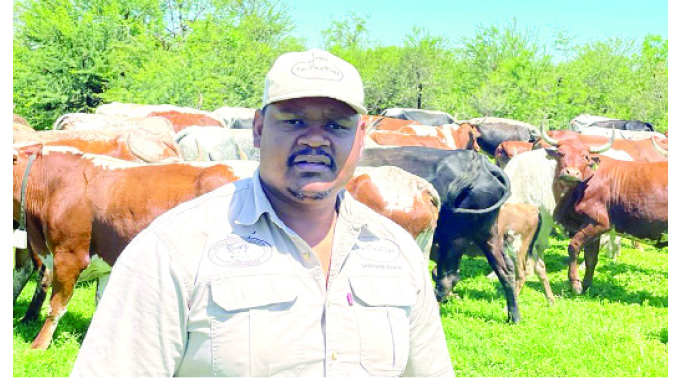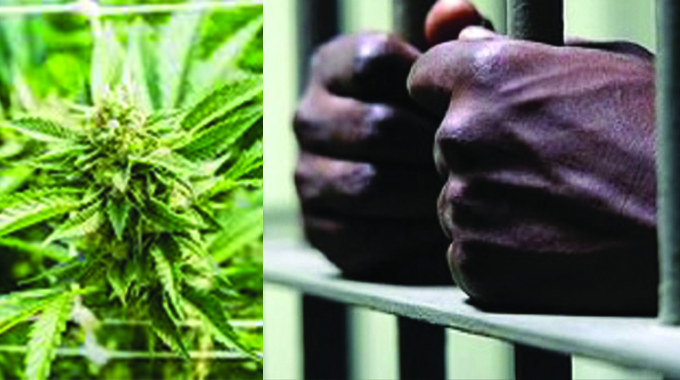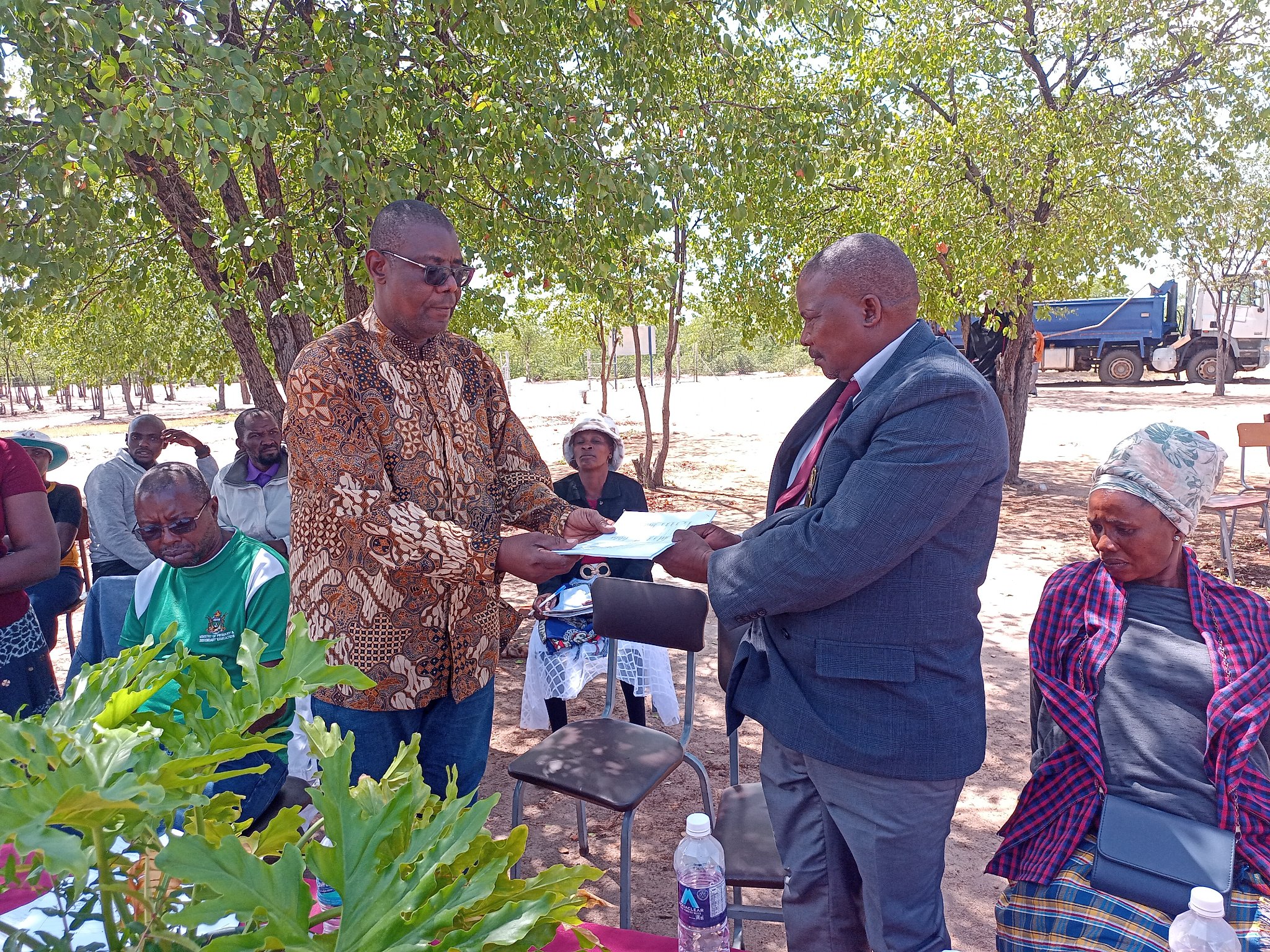Scholar turns cow dung into ‘gold’ for farmers, rural folk

Sukulwenkosi Dube-Matutu, Matabeleland South Bureau Chief
LIVESTOCK plays a significant role in improving the livelihoods of rural folk and farmers.
In times of crises, they are an important social safety net that families turn to for income, food, manure, milk and draught-animal power.
This source of livelihood is under threat as most communal areas have run out of pastures to support livestock production. This has been caused by a combination of factors such as overstocking, expanded human settlement, veld fires, drought, natural disasters and climate change.
An academic based in Matabeleland South and recently awarded a PhD in Rangeland Ecology from the National University and Science and Technology (Nust), Dr Ranga Huruba, believes that farmers should adopt holistic rangeland management systems.
As the head of operations at Shangani Holistic Ranch, Huruba explored the use of cattle for regenerating degraded land using a rangeland management system called the “overnight kraal system”.
The study also found a solution for how livestock and wildlife can co-exist without competing for resources. Huruba was among the seven PhD graduates who were capped by President Mnangagwa during a graduation ceremony recently.
The title of his thesis was: “Short duration overnight cattle kraaling: A new approach to creating nutrient enriched hotspots in natural rangelands”.
His study is being successfully implemented at Shangani Holistic. Under the overnight kraaling system farmers set up temporary kraals where they can pen their cattle over a short duration of time instead of allowing their animals to sleep in open paddocks.
The dung and urine which the cattle deposit in the kraals have nutrients, seeds and microbes which are necessary for improving soil structure to support the natural regeneration of grass thereby creating nutrient spots. Once a kraal has been fertilised then the cattle can be moved to another kraal in another location. These fertilised points become nutrient hotspots.
“Instead of allowing cattle to sleep in open paddocks, we set up temporary kraals where they can sleep. We kept them in a certain kraal for some time and then they were moved to another kraal according to a set grazing plan. The organic matter which the cattle will deposit in the kraal breaks down into nutrients that can last up to five years,” he said.
“That kraal will become a nutrient spot which will in turn become an area of high impact for regeneration purposes. That soil in that nutrient spot will become fertile leading to the growth of vegetation. Both cattle and wildlife will benefit from these nutrient hotspots. In the long run, our areas will be filled with these fertile points that will help increase cattle production.”
Huruba said if the cattle are in a concentrated space, they can deposit more nutrients for a better effect on soils while if they are in an open space, they cannot deposit enough elements to allow for the natural regeneration of grass.
Huruba said while large-scale farmers can adopt this system individually, communal farmers can do it collectively and have a common kraal.
This concept seeks to emulate the indigenous knowledge systems of managing cattle, where the cattle are placed on pastures during the day and are allowed to graze under supervision, and in the evening, they are enclosed in kraals.
Huruba said the nutrient hotspots can help reduce the cost which farmers incur to supplement their animals as they have high nutrient contents compared to the natural rangeland.
He said during the study he observed that 12 to 24 months after kraaling wildlife preferred to graze from the nutrient hotspots compared to the general rangeland. Dr Huruba said farmers can also set up these temporary kraals in their fields before summer to improve soil fertility to enhance productivity.
He said it was important for all farmers to adopt this system, especially communal farmers as they held 90 percent of the country’s herd.
“For our national herd to increase and for quality to improve we need to properly manage our grazing land. We have to go back to the traditional way of grazing of putting our animals in the kraal and leave this one which was adopted during the colonial system as it’s causing more damage than good to our rangeland,” said Huruba.
The national herd is under threat because of depleting pastures.
Huruba said there was an urgent need for farmers to adopt range land management and technologies to improve grazing areas. He said that gone are the days for farmers to follow a do-nothing approach and wait for nature to take its course.
After implementing the study at Shangani Ranch which has a herd of about 8 000 cattle, the wildlife population in the area increased and the species diversity improved.
Huruba said the conception and calving rate of their herd has also improved and the cost of feed supplementation has dropped.
Once the population of wildlife increases then it increases revenue for farmers through hunting activities.
With proper planning and implementation, rangeland management can be adopted by all farmers to improve their livestock condition and save them from poverty death. As the country pushes towards attaining an upper-middle economy by 2030, livestock production is expected to contribute to this cause. The only way to accomplish this is to come up with innovative ways to improve feed supply and quality to increase the national herd.
Huruba did his primary education at Chikato Primary School in Masvingo and Chiredzi Primary School in the Lowveld. He did his secondary education at Victoria High School in Masvingo and Hippo Valley High School in Chiredzi.
He did his first degree in Forest Resources and Wildlife Management at Nust. Huruba worked on his Master’s in Philosophy which he later upgraded to a PhD in Rangeland Management.
He was awarded the prestigious Nuffield International Farming Scholarship in 2020 where he is working on a project that focuses on building resilient business enterprises in the beef sector for smallholder farmers. He has published and authored several academic materials. – @DubeMatutu










Comments